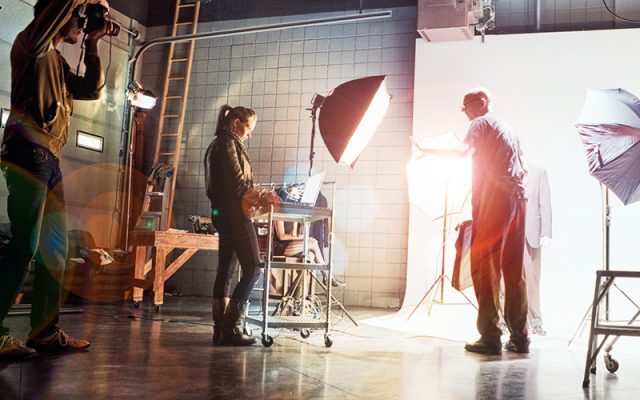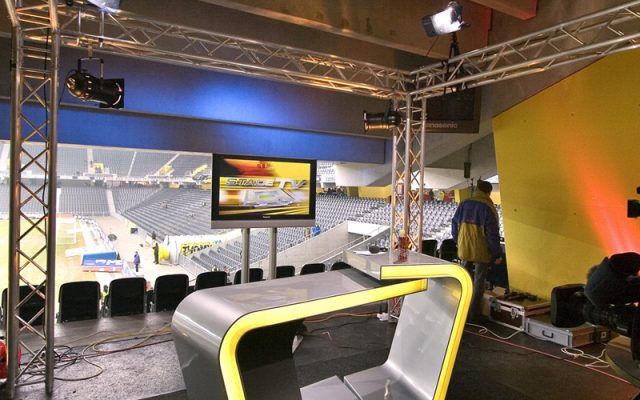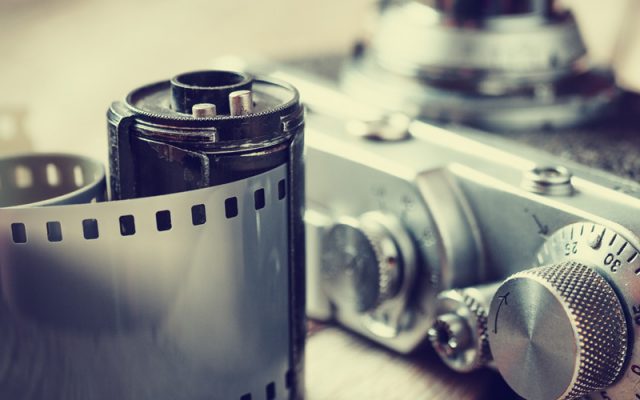OUTDOOR FILL-IN FLASH
OUTDOOR FILL-IN FLASH
PHOTOGRAPHY
Flash is frequently used for fill-in together with continuous light in order to brighten up shadows or to obtain more brilliance and color saturation with diffuse illumination. TTL flash control included with modern cameras supports this application for matching system flash units, but the results are usually incomprehensible to the user and can’t be significantly influenced. The resulting images often appear over-flashed or unnatural.
The user has full control when the process is manually controlled. Determination of correct exposure and the flash-to-daylight ratio is very simple. Background exposure is determined first and entered to the camera. It must be assured that the selected exposure time is not shorter than flash sync speed. The second step involves the measurement of flash from the surface of the subject which needs to brightened using the flash exposure meter in the incident light mode. Flash unit power or distance is adjusted such that the measured f-stop is roughly 1 to 2 steps (EV) below the value set at the camera.
If the specified f-stop needs to be opened up further in order to achieve the desired image impact, either a lower sensitivity setting can be selected at the camera or a neutral-density filter can be used to weaken key light. This effect influences fill-in flash to just a great ab extent, which has to be taken into account during measurement by entering a correction value at the exposure meter. External exposure meters frequently provide us with information concerning the flash or continuous light component.
Back to overview: PHOTOGRAPHY









